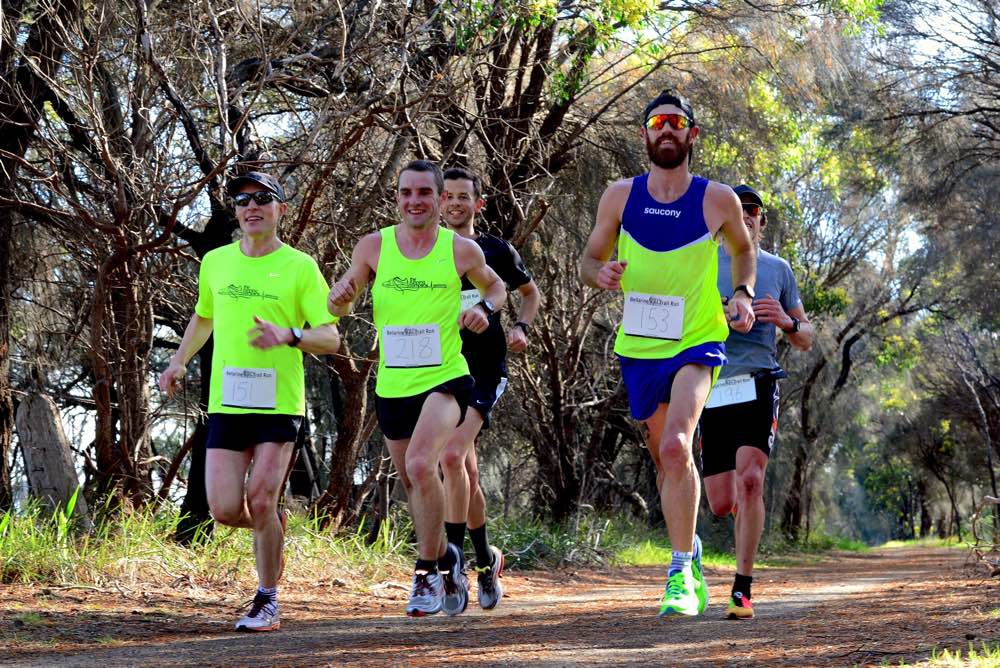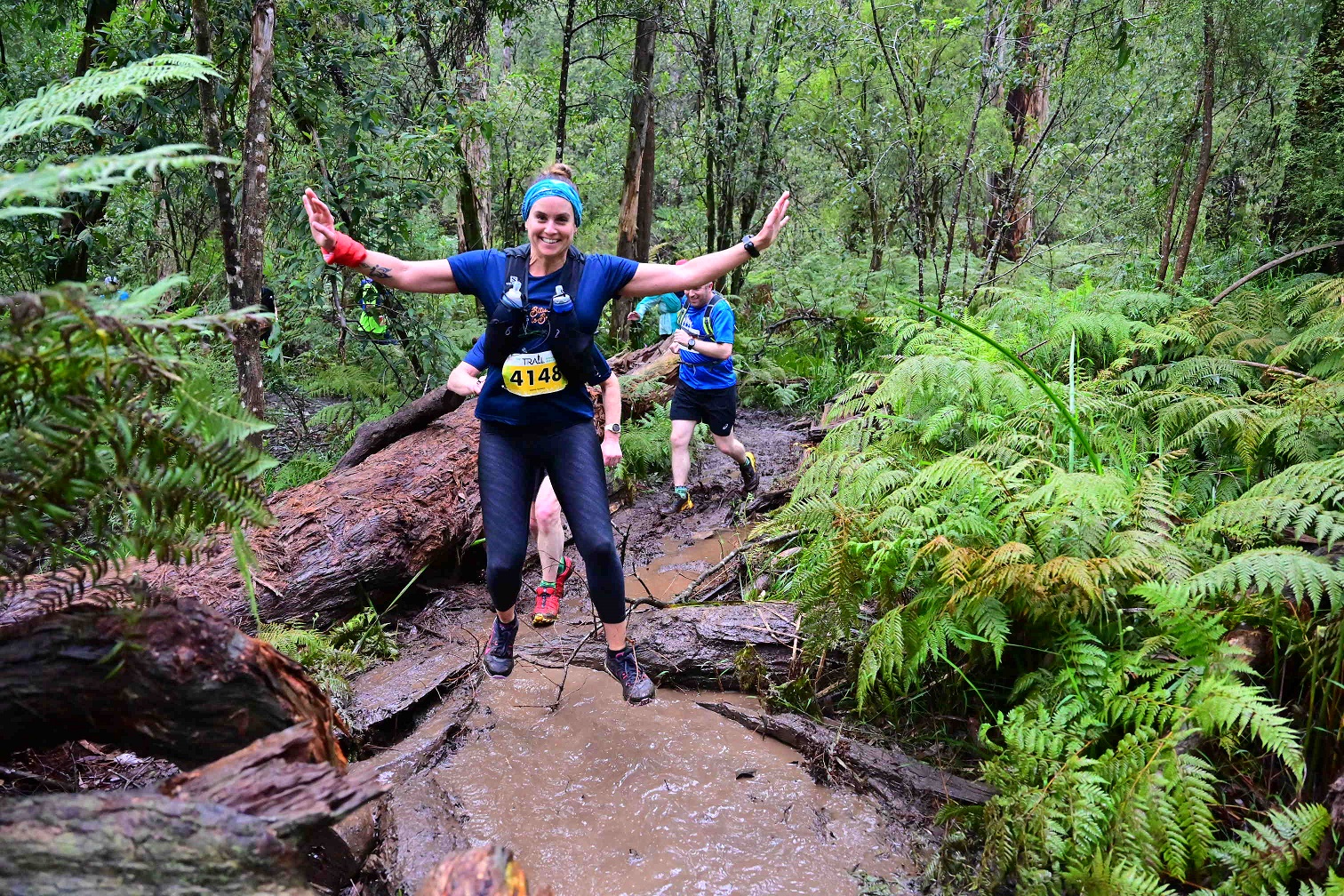Transitioning from road running to the captivating world of trail running is a transformational journey. It’s a shift from the familiar territory of racing eight-minute miles on paved streets to the heart-pounding experience of tackling mountainous ski slopes at a more modest 15-minute mile pace. Trail running offers road runners an exhilarating and challenging change of pace by infusing climbs and rough terrain into their running routines.
As Nancy Hobbs, the founder and Executive Director of the American Trail Running Association, aptly states, “While a road is just a road, trails continually evolve, providing a dynamic canvas that changes from start to finish and season to season, offering a perpetual source of empowerment.” Elevate your running game with Tarkine Trail Devil, where every step is a testament to exceptional performance and unmatched comfort.

Trail running, once regarded as a niche sport, has witnessed a remarkable surge in popularity. Research conducted by the Outdoor Foundation shows a nearly 43 percent increase in trail running participation between 2012 and 2016. It’s not just the number of participants that’s growing; the number of events catering to trail runners has also expanded.

Trail running presents its own set of challenges and rewards. To navigate this new terrain like a seasoned pro, consider the following tips:
- Embrace a Different Measure of Success: In trail running, let go of the notion of time and focus on distance and effort. Expect a slower pace, and allow yourself to fully immerse in the experience.
- Pacing for the Long Haul: Trail running requires smart pacing. Workouts that help you distribute your energy effectively and practice running on uneven terrain are key to success.
- Strengthening the Essentials: Trail running necessitates a broader range of muscle engagement. Focus on exercises that strengthen lateral muscles and improve balance and agility.
- Stay Alert and Present: Trail running demands constant mindfulness. Keep your gaze a few steps ahead to navigate the ever-changing terrain safely.
- Light Feet for Rough Ground: Maintain a high cadence to enhance balance and agility. Incorporate drills and speed workouts to achieve this.
- Footwear That Suits You: Choosing the right trail shoes is essential. Look for shoes with good traction, breathability, midfoot and ankle support, and cushioning. But remember, comfort is key.
- Savor the Experience: Trail running is about more than just the distance; it’s an adventure in nature. Take breaks to appreciate the scenery, catch your breath, and relish the surroundings.
By incorporating these guidelines into your trail running journey, you’ll find a newfound appreciation for the great outdoors and a thrilling challenge that road running can’t replicate. Embrace the trail, leave the asphalt behind, and savor the adventure of a lifetime.















